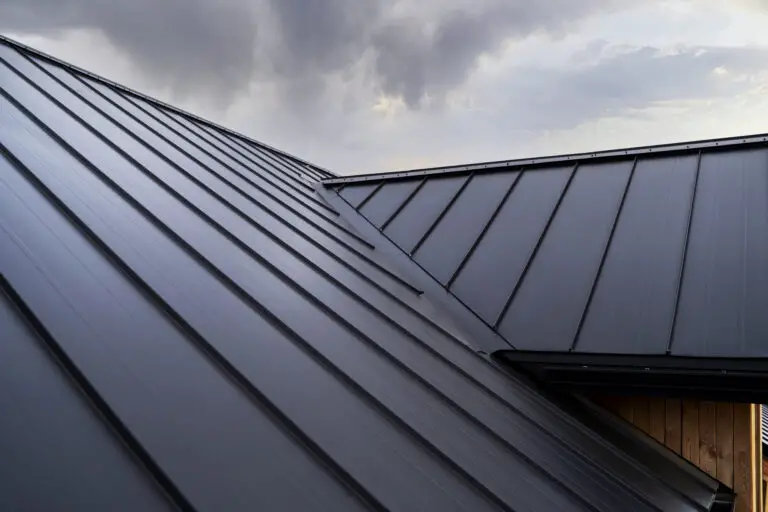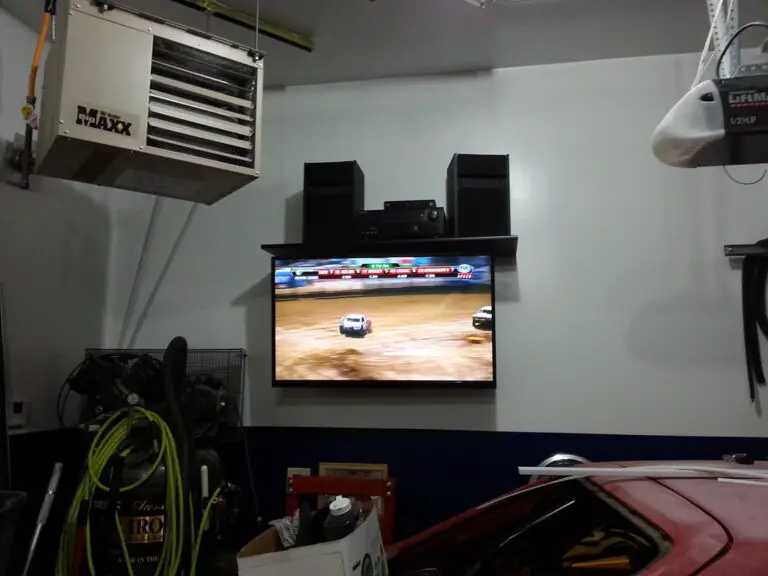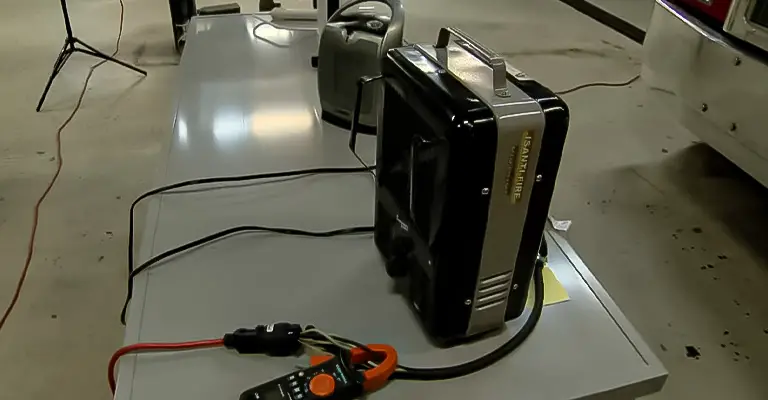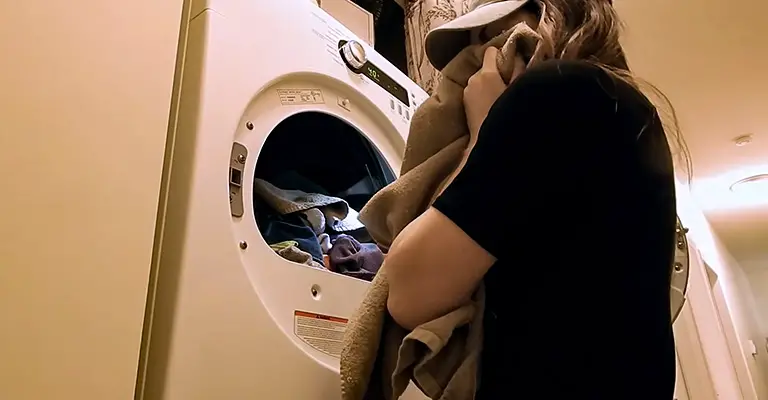Can I Use Romex As An Extension Cord?
Formerly known as “ROMEX®,” Solid House Wire was manufactured by Rome Wire Company until 2003. ROMEX® is the trademark name for the company Southwire took over, and it is now a brand like Kleenex.
Generally, extension cords are not used with this cable due to its flexibility, but they can be. Ensure that the wire gauge is appropriate for the load you intend to service with the cord. Gauges 14, 12, and 10 are more common, in order of increasing thickness. Wires of 12-gauge or thicker should be used for loads exceeding 15 amps.
What Is Romex Brand Electrical Cable?
Southwire Company, LLC, based in Carrollton, Georgia, manufactures Romex non-metallic sheathed electrical cables. As Southwire states, “the Romex trademark is vigorously monitored and protected.”
Southwire and Romex have this exact boilerplate legal language, but for Southwire and Romex, it’s a more pressing issue since Romex is referring to all NM-sheathed electrical wires in a generic sense by electricians as well as consumers.
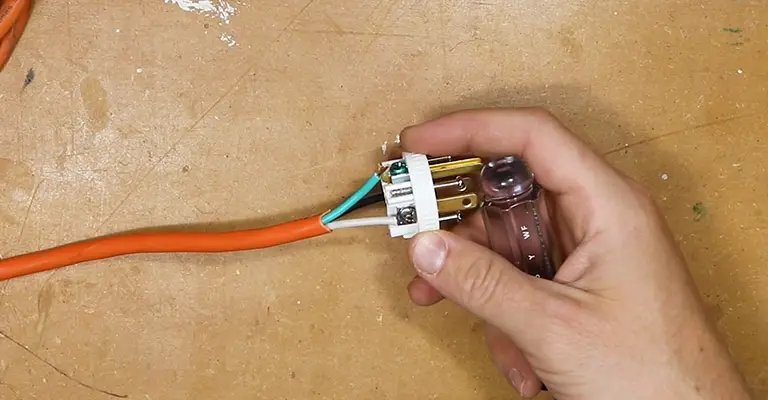
It is common among builders to use the word Romex in the same way that Kleenex is used to refer to any tissue: generically and incorrectly.
As a result, Romex should be used only concerning the NM sheathed cables manufactured by Southwire Company under the Romex brand, not NM cables manufactured by other manufacturers.
How To Use Romex As An Extension Cord?
Step 1
Using a utility knife, remove about 4 inches of sheathing from either end of the wire after cutting it from its roll. Remove the sheathing by cutting around the perimeter, being careful not to cut into the wire underneath, and pulling it off with pliers.
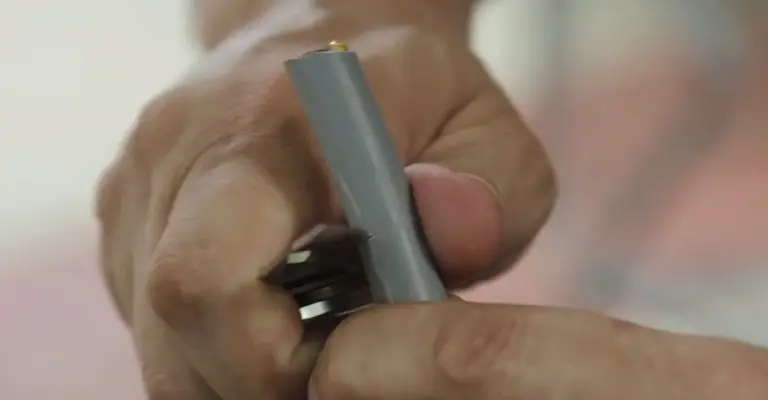
Step 2
Make sure the wires are separated underneath. With a splicing tool, remove approximately 1/2 inch of the plastic coating from the white and black wires. Remove the paper covering the bare wires.
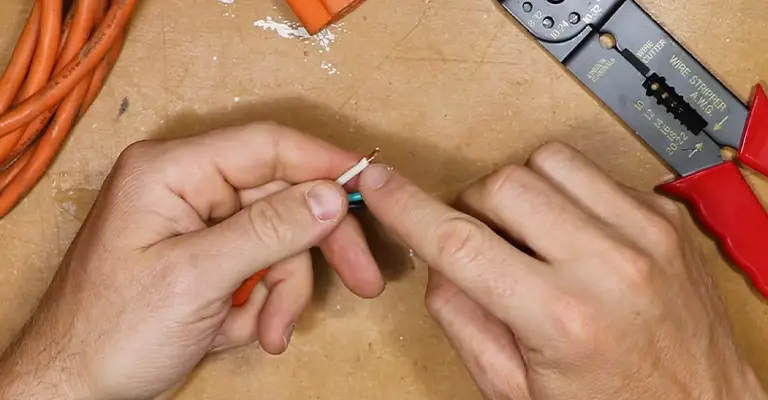
Step 3
Separate the male connector by unscrewing the screws holding it together. Through the hole in the bottom piece, insert one end of the ROMEX® and move along the wire.
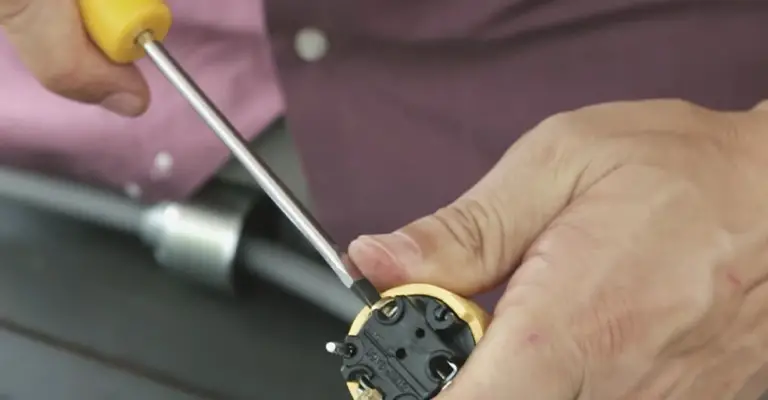
Step 4
To connect the wires, attach them to the nuts located inside the connector’s top. The black wire (hot) should be connected to the brass nut, the white wire (neutral) to the silver nut, and the bare wire (ground) should be connected to the green nut.
To hook the wire around the nuts, you may need to bend the ends a little. This can be achieved using pliers by bending the wire clockwise.
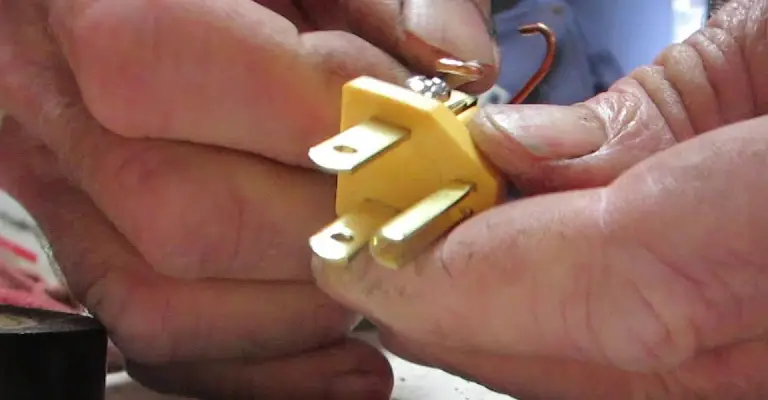
Step 5
Place the bottom of the connector against the top of the bottom. You must ensure that the sheathing covers the connector hole. Disconnect the wires if it doesn’t and trim them a bit back.
Step 6
Use the two screws provided to fasten the connector on top and bottom. Tighten the screws well. Wrapping some electrical tape around the hole where the wire emerges is a good idea. Repetition of steps 2 through 6 is necessary with the female connector.
Can You Wire An Extension Cord To An Outlet?
Is it possible to wire an extension cord to an outlet in light of this? In this case, you’ll want to just get a heavy-duty extension cord and connect it to an outlet inside the house. In other words, if you stick too much stuff on the circuit, you’ll overload it at some point.
In addition, are you capable of making your extension cord? This can be frustrating, not to mention dangerous. Making your custom extension cord is one way to solve that problem.
Furthermore, it will serve your purpose better than one you would find at the hardware store, in addition to being of higher quality. Can the extension cord be permanently attached to the wall?
Installing approved wires and/or cable assemblies in an approved manner is recommended if you need to permanently connect an electrical device. Neither extension cords nor permanent wiring is intended for extension cords.
When you use extension cords, however, there are a few things to remember. Are extension cords allowed in walls?
Extension cords should only be used temporarily. You cannot run them through a wall or an opening in a wall. This is illegal.
Origin of Romex Brand Wire
Originating from Rome Cable Corp. in Rome, New York, which created the cable, Romex is the brand name. Before its insolvency in 2003, the company was a leading player in the industry. Its factory was substantially demolished in 2010. The company’s parent company Alcoa produced aluminum wire for Rome Cable. The presence of aluminum wire in your home is considered to be hazardous, as it is inferior to copper wire. Rome Cable Corp. was divested from Alcoa by court order in 1964.
The suffix (-x) of Romex refers to the company that produced it, but the origin of the prefix is unclear. At the time, it may have been an experimental wire, or it might have been a convenient method of creating a brand name.
Final Words
Romex is an extension cord that is not very flexible. It is typically used for electrical outlets since it is made of heavy-duty PVC plastic. It’s not a very good extension cord for a space heater or bigger electrical equipment. The cords are often found in older homes that did not require a more flexible cord. Understanding the differences between solid and stranded wire types is vital. Romex wire, or NM cable, is a type of solid conductor wiring primarily designed for permanent installations within walls, ceilings, and junction boxes. Its solid wire structure is different from the flexible stranded wire often found in extension cords.
Using Romex as an extension cord is not advisable due to its outer jacket and insulation type not being intended to withstand flexing or being water-resistant. Moreover, while different wire sizes may carry varying currents, Romex lacks the necessary features to resist more heat or to be consistently safe outside of its designed environment. It’s essential to be code-compliant in all electrical endeavors, and using Romex outside of its intended purpose does not align with those standards. When it comes to safety and adherence to regulations, always choose the right tool for the job; in this case, Romex is simply not the extension cord you’re looking for.
When contemplating an extension solution, consider the physical attributes of the wire in question. Stranded wire is built to handle movement and offers a more heat and water-resistant composition compared to solid conductor wiring like Romex. Always ensure that your choices are code-compliant to prevent potential hazards and maintain the highest safety standards. Remember, the outer jacket and insulation type of Romex or NM cable are not designed for outdoor use or consistent flexing, which are standard demands for extension cords. Stick to dedicated, designed solutions for the best results.


